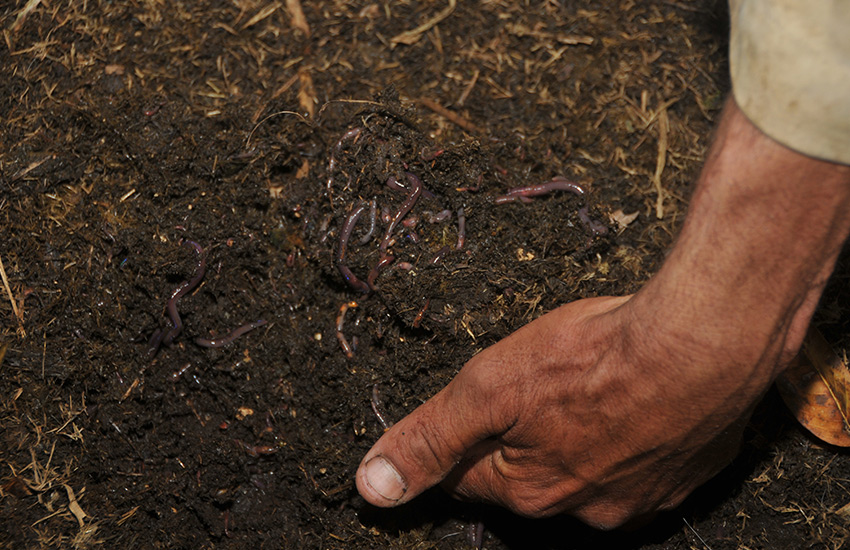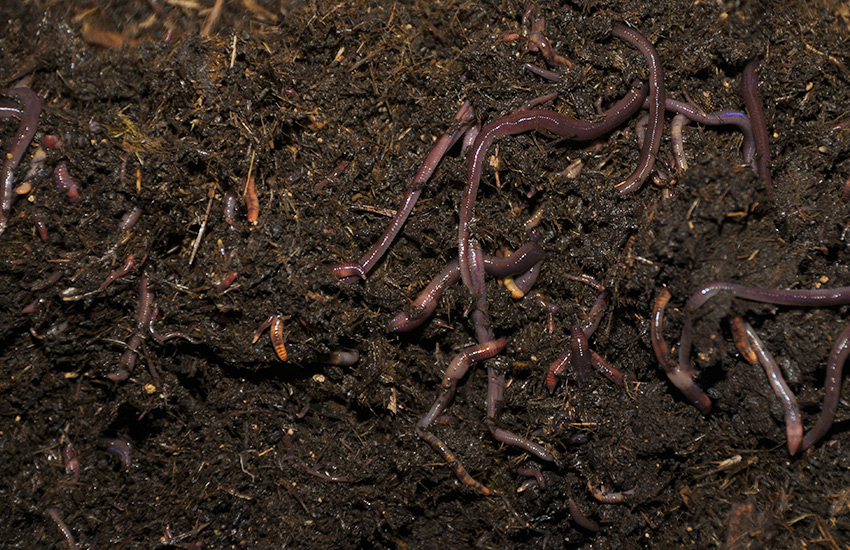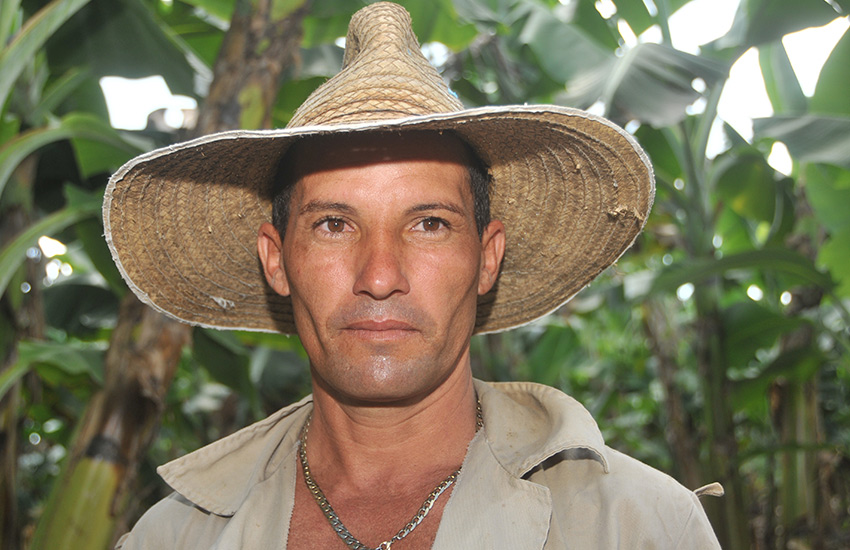Las Tunas.- Food production has become a major task in the province of Las Tunas and to achieve this there are two fundamental challenges: that each person who dedicates himself to the activity is capable of making a greater effort and that, overall, the impact of shortages of chemical fertilizers and other nutrients is less to multiply crop yields.
That is why vermiculture is highly valued, a task that made the territory one of the most advantageous in the country at the beginning of the current century. For example, in 2003 more than 100 thousand tons of humus were produced, used in the fertilization of different lines.
Although the agroecological movement De Campesino a Campesino calls for the production of organic fertilizers, in the territory of Las Tunas, this practice, as beneficial as it is necessary, is not currently being used to its full potential for different reasons.
But, the economic emergencies of this year 2020, plus the impact of the health crisis due to the Covid-19 disease, force us to rescue alternatives that we should apply more frequently.
ONE OF THE BEST EXAMPLES
In several hectares of the eight municipalities of Las Tunas there are valuable experiences of the use of earthworm humus, either solid or leached (liquid concentration), to counteract the low fertility of the local soils and the low rainfall regime that makes the territory one of the driest in the country.
Puerto Padre excels in activity, not only to replace chemical fertilizers, but to obtain healthier food that benefits human health, in times of great environmental pollution and increased climate change.
Yoel Puig Gallard is in charge of the farm of  Vermiculture La Veguita, which – at first glance – looks like a plantation of bananas. But, under the land of the flowerbeds, a few centimeters away, are the worms.
Vermiculture La Veguita, which – at first glance – looks like a plantation of bananas. But, under the land of the flowerbeds, a few centimeters away, are the worms.
«The flowerbed is made between the banana races. We have 36, although we are currently mining 18, because we do not have enough shade and the rest will go into production in January 2021.
«The process takes approximately three months and 20 days. And fall in love! Also, although it may not seem like it, it is simple.
To the astonishment of the reporter, there was a smile in response. Then the questions appeared:
How do you get vermicompost?
“It is easy. Cattle manure is put on the stonemason. Then the worms are removed from the canoe and sown as if they were seeds. For seven days they are watered with water and then fed with manure again. This is repeated until they are two or three meters tall and the planned time has passed.
Then no more water is added for the animals to go up. They are removed with a mesh and put back into the canoes. Already at that moment the humus is ready to collect ».
 What is the destination of this production?
What is the destination of this production?
“Each stonemason gives between four and six tons. Is not sufficient; but, it is a considerable amount. We commercialize it with the different producing forms of the territory and some organizations that are making plots for self-consumption.
“It is also sold to peasants. People are desperate, searching.
How difficult is it to tend to worms?
“Not at all. Imagine, for every square meter there are about five thousand copies. There are a few. This is a normal job and does not suck, as many suppose. When you start, you rather like to hang out there.
“We work with the African Red variety and, although less, we also have Californian. Best of all, if they accidentally split into two, they are able to fill in the missing part. And since they are hermaphrodites, only two are required for them to reproduce.
“In addition to caring for the animals, the seven workers also take care of what we have. Look how beautiful the farm is! We even plant garden flowers to make everything more beautiful.
What is the way for producers to get started in vermiculture?
“Each farmer can have his vermiculture area. Almost everyone has cattle and with water they can make their humus because it has been proven that it is a special product for planting.
«We can sell them the breeding stock. We have already done that with some cooperatives and it would be ideal, now that there are no fertilizers or pesticides.
PRODUCING MORE HUMUS IS A DUTY
Humus is obtained from the excreta of the earthworm and is, according to experts, the best among all natural fertilizers, due to the excellent results that are achieved after its application in vegetables, tobacco, fruit trees and other crops.
Aware of this is Mabel Santiesteban Cordoví, delegate of the Ministry of Agriculture in the northern municipality, who assures that the current results are a sample of a consolidated work for years.
«We apply the product in orchards, plots and organoponics and we are in a position to offer it to producers through the urban farm. We can also increase our productions ».
Organic fertilization is essential for the development of agriculture in Cuba because, in addition to substituting imports of chemical products, it protects the environment and favors the obtaining of healthier crops for human consumption.
–


